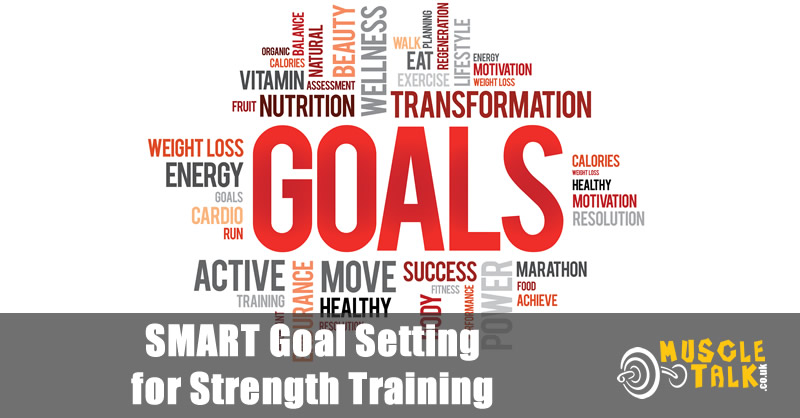By Aaron Hallett
Are your goals really that SMART?

Next time you’re in the gym take a look around at the other people training and picture a label on everyone’s back, on this label is a goal. Everyone is in the gym for a reason, whether it be to lose a few pounds in fat, gain a few pounds in muscle or lift a few more pounds in weight. Even the people who now spend most of their time talking by the water fountain started off with a goal at some stage.
Everyone has a spark of inspiration to pursue a goal at some point in our lives which needs constant motivation to keep the ball rolling with the courage to persevere when things get tough. Things will get tough, if the goal was easily reached could you honestly say it was an achievement?
However, most of us have often reached a point where after a period of time the goal still seemed too far out of reach with the resources (time, energy, money) already maxed out. The end result is usually to abandon the attempts to achieve this goal and spend these resources on other pursuits to reduce or remove the frustration. Look in the spare bedroom, under the stairs or in the garage of a friends house and you will often find tucked away the items purchased for a goal long since abandoned.
So how do you improve the success rate for reaching personal goals? One answer is to improve how you initially construct and formulate these goals by using a planning tool called the SMART method.
What is SMART?
- Specific – The goal is well defined and clear
- Measurable – How progress will be measured or how to know when the goal has been achieved.
- Achievable – When you create plans which are too far out of your reach, you probably won’t commit to doing them for long. Most can learn to fly a plane but very few can fly to the moon.
- Realistic – When tackling the challenge, the learning curve shouldn’t be a vertical slope but provide a challenge instead. Too difficult and you set the stage for failure, but too low sends the message that you aren’t very capable.
- Time based – Set out a time frame for achieving the goal, a week, a month, a year? Too far away and you run the risk of performance issues, no time constraint lessens the urgency to start.
A good example of a SMART weight training goal:
- S – Bench press 100kg for a 1RM (one rep max)
- M – Take note of weights used each bench session
- A – The person in question can bench press 90kg for a 1RM currently and 100kg is achievable for most after a period of training.
- R – The 10kg increase isn’t too far out to prove impossible within a respectable time period nor is it too easy that it doesn’t provide the sense of achievement.
- T – The time period is to be 4 months
The first thing is don’t just set a goal of get big arms. How big do you want them to be? But…
With larger goals such as ‘grow 18 inch arms’ the amount of resource and dedication required increases exponentially the further away the bodybuilder is from this number. For instance the budding bodybuilder’s arms currently measure 15 inches.
Whilst the goal is achievable, the time period for this goal has to be quite large, subsequently increasing the risk of being too much of a challenge and losing motivation to pursue. A more realistic and timely based goal would be to aim for 16 inches first.
If at present you are training without a set goal, try planning one using the SMART method and seeing how you get on. Quite often having something well defined to work towards can provide a needed boost in motivation.
To quote renowned American philanthropist Elbert Hubbard: “Many people fail in life, not for lack of ability or brains or even courage, but simply because they have never organised their energies around a goal.”
